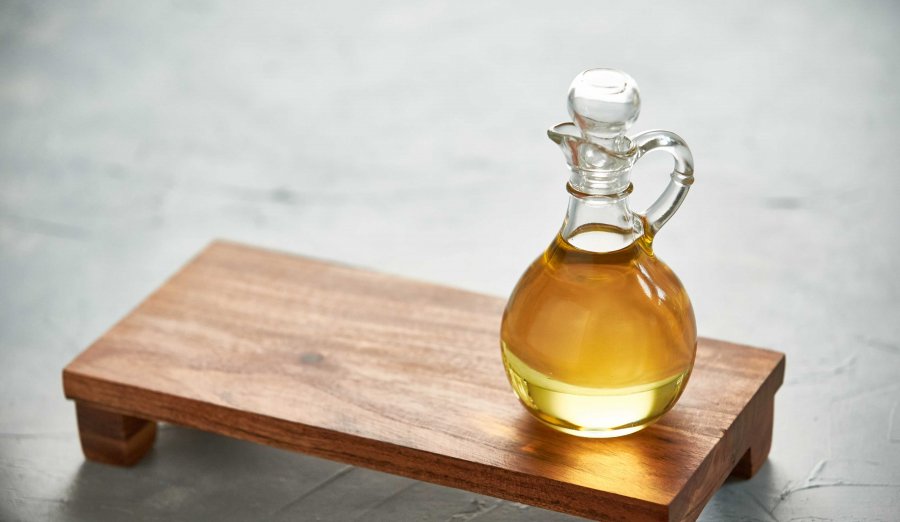- Articles
- April 27, 2023
Cottonseed Oil: A Homegrown, Sustainable Cooking Oil

Cotton is a staple crop that has been grown in the southern United States for centuries. Many think of it as the Fabric of Our Lives, but few know the fascinating story of how it is farmed, ginned and processed into a variety of products including cooking oil.
Growing Cotton
Cotton is typically planted in the spring and takes 160 days to mature. It’s a hardy plant that thrives in hot, dry conditions and produces soft fluffy fibers (lint) as well as seeds surrounded by a protective boll. Texas, Georgia, Mississippi and Arkansas are just a few of America’s top cotton-producing states.
Open bolls signal the cotton crop is ready for harvest. This can happen any time from mid-July to October depending on where it’s planted. The majority of cotton is harvested using machine pickers that remove the bolls from plant stocks. The harvested cotton is then placed in large round bales or square modules and transported to a gin for processing.

Ginning & Crushing Cotton
At the gin, cotton goes through dryers to reduce moisture content and cleaned to remove unwanted debris. From there, the seed and lint are separated using a series of rollers and brushes. This process is crucial because it allows the fiber to be used for textiles while the cottonseed is transformed into other products. The fiber is then compressed into bales and sent to a textile mill while the seed is sold to an oil processor.

Just like sunflower seeds, cotton seeds are comprised of a hard outer hull surrounding an oil-rich kernel. The dehulling process separates the two components using a series of blades, shakers and beaters. The hulls become livestock feed or industrial products while the kernels are cooked to remove gossypol and other impurities, then crushed to extract cottonseed oil.

Cooking With Cottonseed Oil
Cottonseed oil is a culinary favorite, commonly used for frying and cooking in kosher1 and commercial kitchens. Chefs love it because its neutral flavor2 allows the taste of the other ingredients to shine. It’s also naturally stable3, offers a high smoke point4 and has a long shelf life5.

It’s also a top choice for bakers because it coats structure-building components like gluten and starch to hold in moisture for smooth, delightful cakes6. A growing body of research is showing how cottonseed oil may help improve cholesterol levels. A new study showed cottonseed oil delivers an advantage in blood lipids over olive oil proving to increase HDL (good cholesterol) and lower LDL (bad cholesterol)7.
Correcting Cotton Misconceptions
Despite its many attributes, there are a few misconceptions that still surround cottonseed oil after a century of use.
One is that cottonseed oil contains gossypol, a toxic substance found in the cotton plant that helps it naturally fight off insects. While gossypol is present in cottonseed, today’s processing methods include heat to detoxify seeds.

Another is that it’s not a sustainable choice for restaurants. In reality, cottonseed oil is a climate-friendly8 vegetable oil for the foodservice industry.
In an analysis of the environmental impacts of four commonly used vegetable oils, U.S. refined cottonseed oil showed clear advantages with the potential to reduce climate change impacts for restaurants using frying oil by up to 83%8.
This is mostly due to the low impacts of processing and transportation. Thanks to adoption of more sustainable practices like crop rotation, cover cropping, reduced tillage and natural pest control methods, cotton farmers are also doing their part to make cultivation more environmentally-friendly. Additionally, the production of cottonseed oil provides a market for parts of the cotton plant that would otherwise go to waste.
It’s clear that cotton has a valuable, versatile and sustainable story that positively impacts our lives in many ways. So enjoy it with crunchy french fries, a delightful salad dressing or in a chewy cupcake. Cottonseed oil is one homegrown ingredient that should never go out of style.


